On April 23, at the first Digital China Construction Summit held in Fuzhou, China Electronics Technology Group Corporation 38th Research Institute unveiled the industry’s strongest digital signal processor (DSP) with actual computing performance among similar products—the “Soul Chip No. 2A.” This chip is entirely designed by the 38th Research Institute and can perform 100 billion floating-point operations per second, with single-core performance exceeding that of similar chips in the international market by four times.
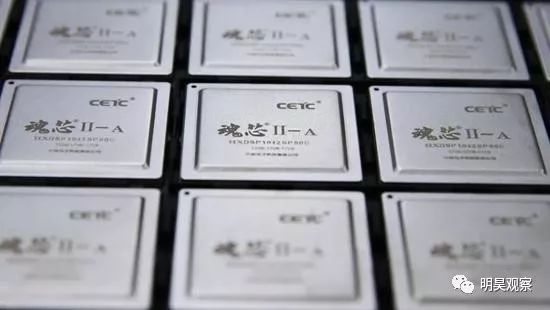
Soul Chip No. 2A
High-performance chips are hailed as the “industrial grain” and represent a country’s information technology level. Historically, China has relied on imports for high-performance digital signal processors (DSPs). Twelve years ago, the 38th Research Institute began entering the DSP chip field. In 2012, the institute launched China’s first practical high-performance floating-point general-purpose DSP chip—”Soul Chip No. 1,” which outperformed similar DSP chips on the market by 4 to 6 times and was successfully applied in various national defense technology equipment, including the KJ-500 early warning aircraft radar, becoming China’s first high-end autonomous digital signal processor widely used in national defense technology.
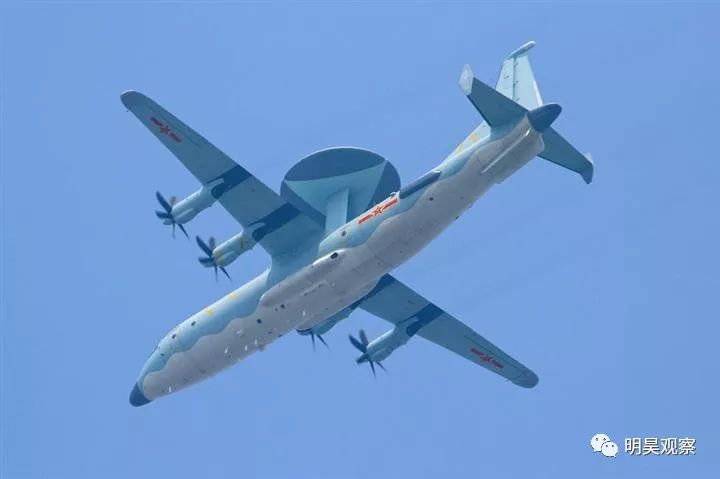
KJ-500 Early Warning Aircraft
The “Soul Chip No. 2A” adopts a fully autonomous system architecture, developed over six years, overcoming multiple technical challenges such as controller design, and has obtained over 30 technological achievements including national invention patents and software copyrights; it possesses the strongest DSP core performance in the industry, surpassing the performance indicators of similar domestic and foreign products. Compared to “Soul Chip No. 1,” the performance of “Soul Chip No. 2A” has improved by six times, transitioning from single-core to multi-core, expanding computational components, and upgrading the instruction system, allowing the device to perform 100 billion floating-point operations while maintaining a relatively good application environment and debugging methods; a single core can achieve 1024 floating-point FFT (Fast Fourier Transform) operations in just 1.6 microseconds, with computational efficiency three times higher than Texas Instruments (TI) TMS320C6678, and actual performance 1.7 times that of TI, with a device data throughput rate of 240Gb per second.
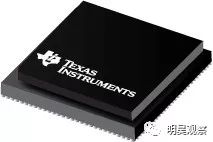
TMS320C6678 Chip Parameters: 8-core C66x, Main Frequency 1G, ROM 256M, RAM 2G
As a general-purpose DSP processor, “Soul Chip No. 2A” will be widely used in radar, electronic countermeasures, communications, image processing, medical electronics, industrial robots, and other high-density computing fields. It is currently being promoted for use in various major equipment and image processing fields.
Chief Scientist of China Electronics Technology Group and Chief Designer of “Soul Chip No. 2A,” Hong Yi, stated that the launch of “Soul Chip No. 2A” makes software-defined radio a reality, allowing chip functionality to gradually depend on software algorithm updates, laying a solid foundation for establishing a high-end DSP product lineage with independent systems in China.
Minghao Observation
DSP chips may not be familiar to everyone, so here is a brief introduction: DSP is a specialized processing chip primarily responsible for handling large and complex digital signal computations, such as discrete transformations and modulation/demodulation. A typical computation is the Fourier transform:
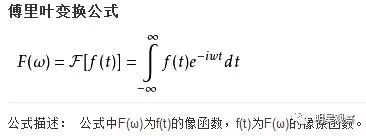
The Fourier transform has widespread applications in physics, electronics, number theory, combinatorial mathematics, signal processing, probability theory, statistics, cryptography, acoustics, optics, oceanography, structural dynamics, and more (for example, in signal processing, a typical use of the Fourier transform is to decompose signals into frequency spectra—showing the amplitude corresponding to frequencies).
Common CPUs like x86 architecture Intel Core and ARM architecture Qualcomm Snapdragon processors can also perform these computations, but these CPUs do not have dedicated processing units and can only compute through installed software, which is very slow and cannot meet the high-efficiency computation required in professional application scenarios such as communications, monitoring, and detection.
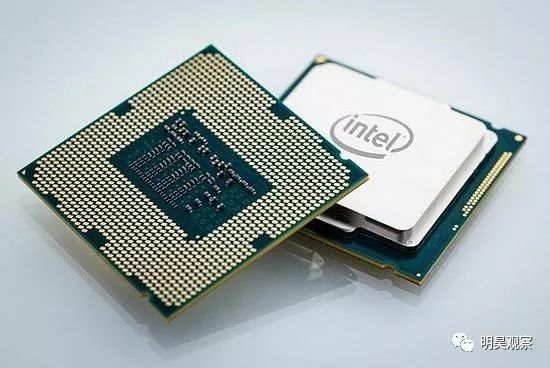
The application scenarios of general-purpose CPUs and dedicated processors are different
A typical application scenario for this type of chip is radar signal processing. It is well known that the mainstream of modern radar is phased array radar. The characteristic of phased array radar is that it contains a large number of signal receiving and transmitting units, requiring a powerful processing system to control these units for radar wave transmission and reception, and to utilize the superposition effect of radar waves to achieve beam direction and intensity control that was previously done mechanically. The received echoes are then converted from analog to digital and analyzed to detect, identify, and classify abnormal signals.
With high-speed dedicated processors, phased array radars can operate more efficiently and improve their resolution and response speed even when the radar’s performance is limited (such as the number, size, and power of radar elements). The production and application of such high-speed chips are key to the proliferation of various anti-stealth radars in China and the leading position of early warning aircraft over Europe and the United States.
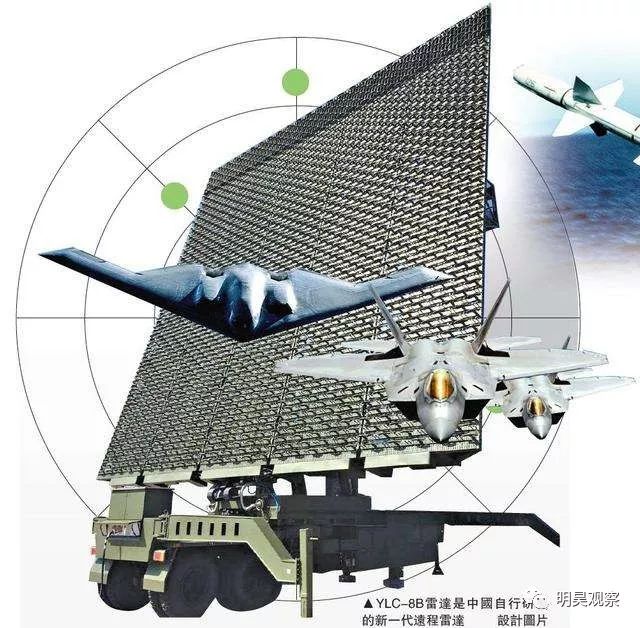
China’s long-range warning radar, count the number of units in the radar array
Now, let’s look at the various doubts that emerged online during the initial exposure of domestic electromechanical equipment, which seem so superficial and ridiculous.
Of course, this is in the military field for chips. In the civilian sector, DSP chips are also widely used in communication base stations, audio-visual equipment, medical devices, intelligent monitoring, and other fields with large-scale digital computations, although they do not require such high computing power. If the 38th Research Institute can develop a simplified version based on this strongest chip, reduce the price, and provide a complete set of development tool software, it would be even better to enter the civilian market.